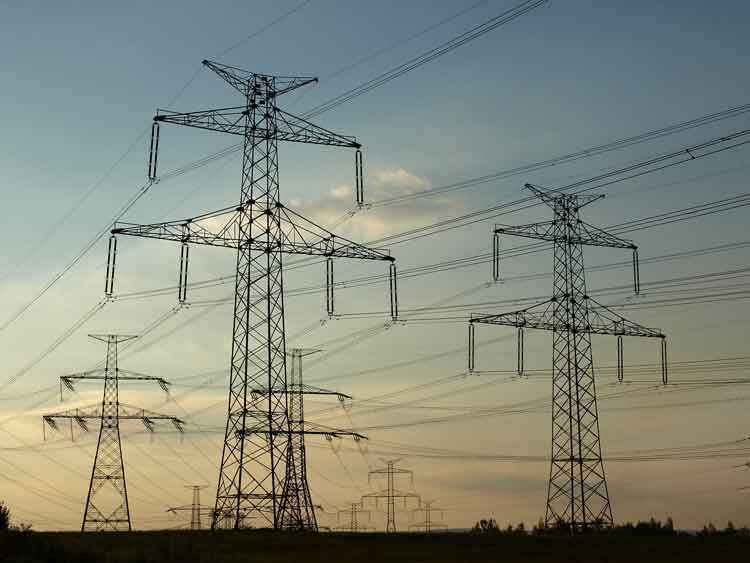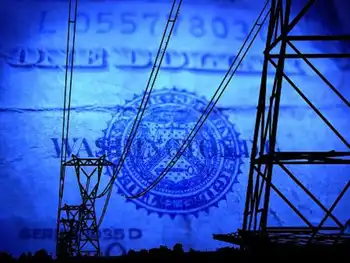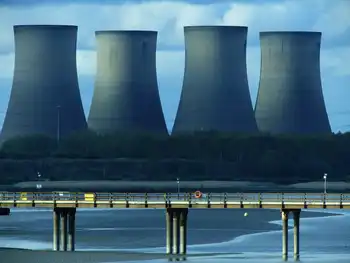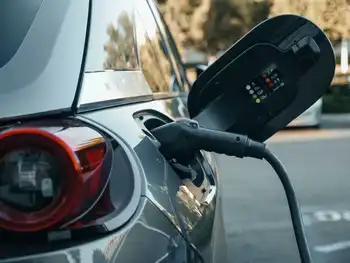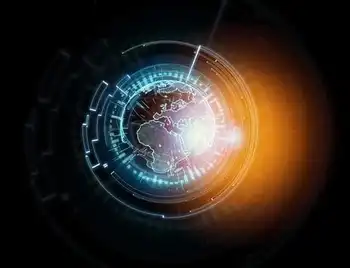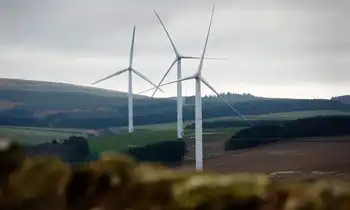OPG sends message of safety for long weekend
By Canada News Wire
Arc Flash Training CSA Z462 - Electrical Safety Essentials
Our customized live online or in‑person group training can be delivered to your staff at your location.

- Live Online
- 6 hours Instructor-led
- Group Training Available
"Our message is: Stay Clear! Stay Safe! A few simple precautions can make the difference between a wonderful summer day and a tragedy," said John Murphy, OPG's Executive Vice President Hydroelectric. "This summer has had above average rainfall, so rivers and lakes all have more water than would be normal for late August," he added.
OPP Acting Staff Sergeant Karen Harrington added: "We've had too many marine tragedies this summer. People need to keep safety as a top priority when boating or swimming. Personal flotation devices should be worn while boating, and drinking and boating don't mix. People should avoid swimming in water they are unfamiliar with."
Harrington noted that the OPP has investigated a number of incidents involving boaters and swimmers who have drowned needlessly on Ontario waterways.
Most hydroelectric facilities are remotely controlled by operators who may be kilometers away. To meet the fluctuating demand for electricity throughout the day, these operators open or close dams or start or stop generators as needed. This causes frequent and rapid changes in the water flow and levels often creating strong undertows, turbulence and sudden, powerful gushes of water moving downstream in what was once calm looking surface water.
All waterways where an OPG dam or hydroelectric station is located have well-positioned warning signs, buoys, fences, booms and barriers. "We urge everyone to obey these warning signs and barriers," Murphy said. "They are there for the public's safety and to let everyone know that the areas around the signs are dangerous, so stay clear."
Harrington also recommends that people stay away from the edge of waterways where footing may be slippery; do not wade into moving water; be aware of changing water levels or any sign of increased currents and always stay a safe distance outside of warnings and barriers.
OPG offers the public a number of educational materials on water safety around dams and hydroelectric stations including a brochure, a DVD for adults and an educational interactive computer game for children.





